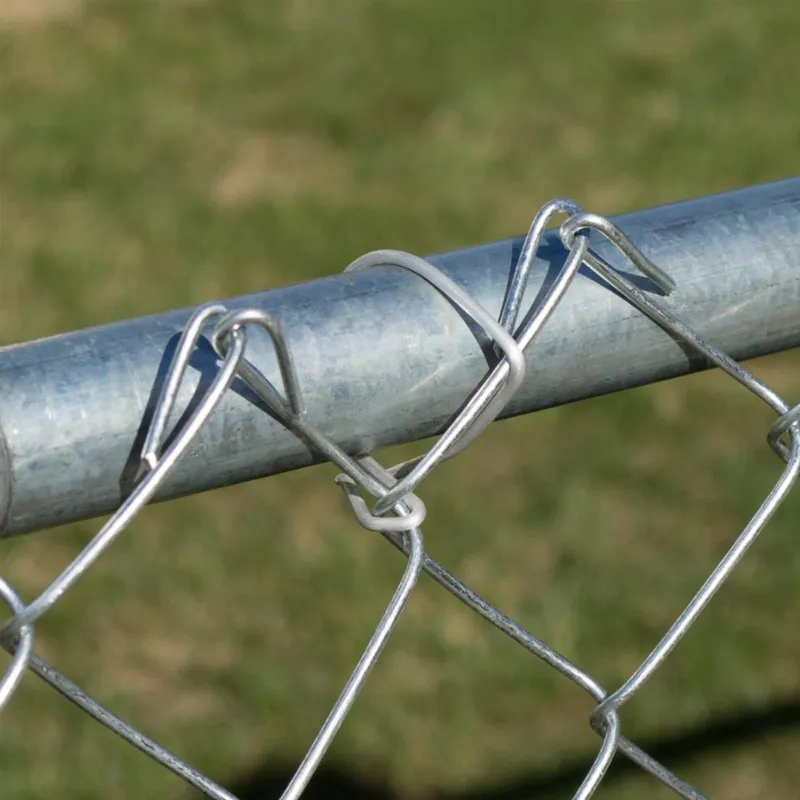
- Afrikaans
- Albanian
- Arabic
- Armenian
- Azerbaijani
- Basque
- Belarusian
- Bengali
- Bosnian
- Bulgarian
- Croatian
- Czech
- Danish
- Dutch
- English
- Esperanto
- Estonian
- Finnish
- French
- Galician
- Georgian
- German
- Greek
- hawaiian
- Hindi
- Hungarian
- Indonesian
- irish
- Italian
- Lao
- Latvian
- Lithuanian
- Luxembourgish
- Macedonian
- Maltese
- Myanmar
- Norwegian
- Polish
- Portuguese
- Romanian
- Russian
- Serbian
- Slovak
- Somali
- Spanish
- Swedish
- Thai
- Turkish
- Turkmen
- Vietnamese
Dec . 12, 2024 01:22 Back to list
construction safety fencing
Construction Safety Fencing Ensuring a Secure Work Environment
Construction sites are inherently hazardous environments, filled with heavy machinery, hazardous materials, and a myriad of potential safety risks. One of the most critical measures in safeguarding both workers and the general public is the implementation of effective construction safety fencing. This simple yet vital element of site management plays a significant role in mitigating accidents and enhancing security.
Importance of Construction Safety Fencing
The primary purpose of construction safety fencing is to ensure that unauthorized individuals cannot access the construction site. This is especially important in urban areas where construction projects are often adjacent to public spaces, roads, and residential properties. Erecting a sturdy fence around the site acts as a physical barrier, preventing curious onlookers, children, and pets from wandering onto potentially dangerous ground.
Beyond deterring intrusions, construction safety fencing also serves to protect the integrity of the construction project. Protecting materials and equipment from theft and vandalism is a significant concern for contractors. A well-fenced site can deter trespassers and reduce the likelihood of costly disruptions due to theft or damage.
Types of Construction Fencing
There are several types of fencing options available, each suited to different kinds of construction projects
. Common types include1. Chain Link Fencing This is perhaps the most widely used type of construction fencing. It is durable, relatively inexpensive, and provides a clear view of the site. Because it allows visibility, it can help monitor activity within the site while still keeping unwanted visitors out.
2. Wooden Fencing Wooden fencing can be more aesthetically pleasing compared to chain link. It's typically used for sites in residential areas or where a less industrial appearance is desired. However, wooden fencing may not provide the same level of security or visibility as chain link.
3. Mesh Fencing Similar to chain link fencing, mesh fencing offers a visually appealing barrier while maintaining security. It is lightweight, making it easier to install and move as needed, but it can still withstand various weather conditions.
4. Privacy Fencing This type of fencing is used when a greater degree of confidentiality is required or when extra safety measures are necessary. Privacy fences can minimize risks associated with nearby pedestrians being able to see construction work or materials.
construction safety fencing

Regulations and Compliance
Construction safety fencing is not just a matter of preference; it is also often a legal requirement. Various local regulations dictate the safe installation and maintenance of construction fences. These regulations are put in place to ensure that safety is prioritized, protecting workers and the community alike. Compliance with these laws is crucial for avoiding fines and legal ramifications, which can complicate or delay the project.
Best Practices for Installation and Maintenance
To ensure the effectiveness of construction safety fencing, a few best practices should be followed
1. Proper Installation Fences should be installed securely and checked regularly to ensure they remain intact. Gaps or damaged sections can compromise safety, making it easier for unauthorized individuals to enter the site.
2. Regular Inspections Frequent inspections of the fencing can identify wear and tear early, allowing for prompt repairs. This maintenance is essential to ensure that the fence continues to function as intended throughout the duration of the project.
3. Clear Signage In conjunction with the fencing, clear and visible signs should be posted around the perimeter, warning individuals of the dangers of entering the site. This communication reinforces the purpose of the fence and enhances overall awareness.
4. Collaborative Efforts Workers on the site should be trained in the importance of security measures, including the fencing. Encouraging a culture of safety not only protects workers but also adds an additional layer of vigilance.
Conclusion
In conclusion, construction safety fencing is an indispensable component of any construction project. It creates a secure barrier that protects workers, equipment, and the general public from the inherent risks present on a construction site. With a variety of fencing options available, it is crucial for project managers to assess their specific needs and comply with regulatory requirements. By implementing proper installation, maintenance, and signage practices, construction sites can foster a safe and secure working environment, ultimately contributing to the success of the project. As construction practices and technologies evolve, the commitment to safety through effective fencing remains a key element in the industry.
-
The Vital Role of Wire Mesh in Construction
NewsJul.01,2025
-
The Essential Benefits of Welded Wire Mesh
NewsJul.01,2025
-
Secure Your Property with Field Farm Fence
NewsJul.01,2025
-
Expert Chain Link Fence Installation
NewsJul.01,2025
-
Discover the Versatility of Hexagonal Wire Mesh
NewsJul.01,2025
-
Barbed Wire
NewsJul.01,2025









